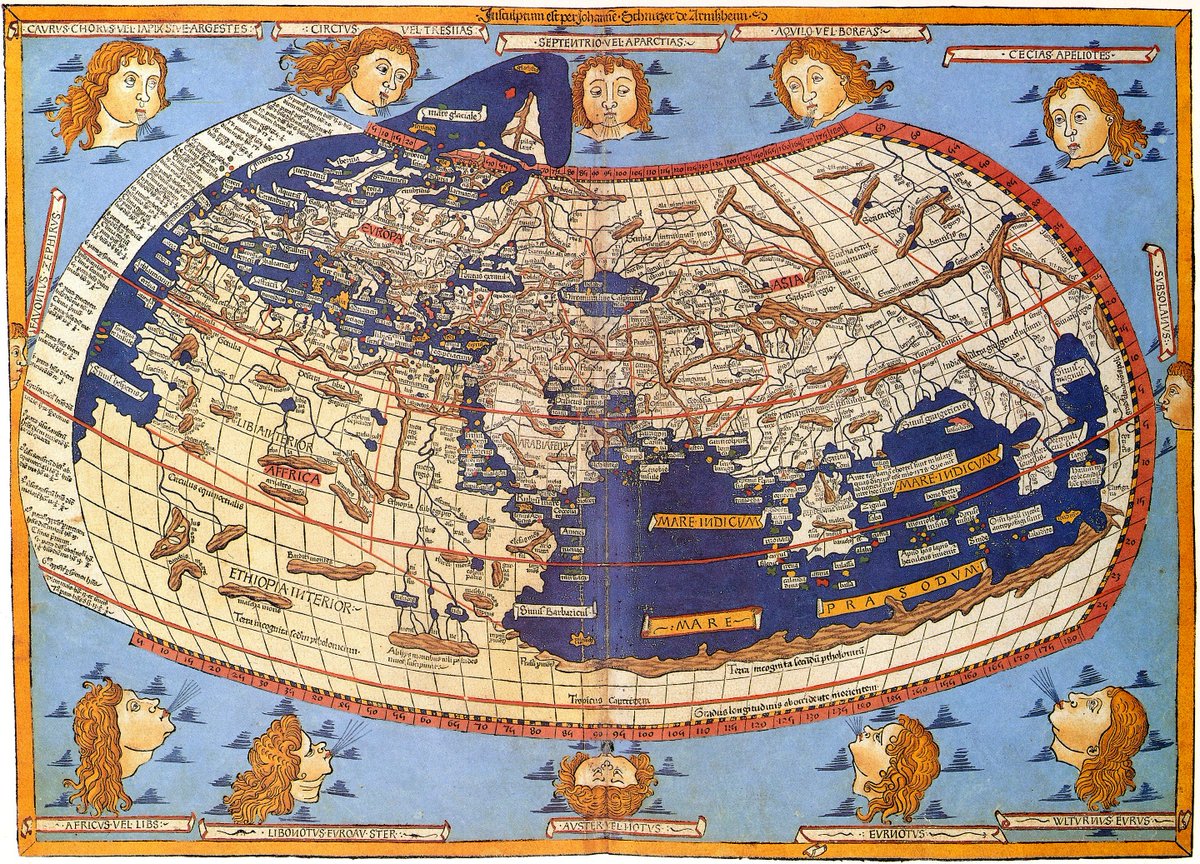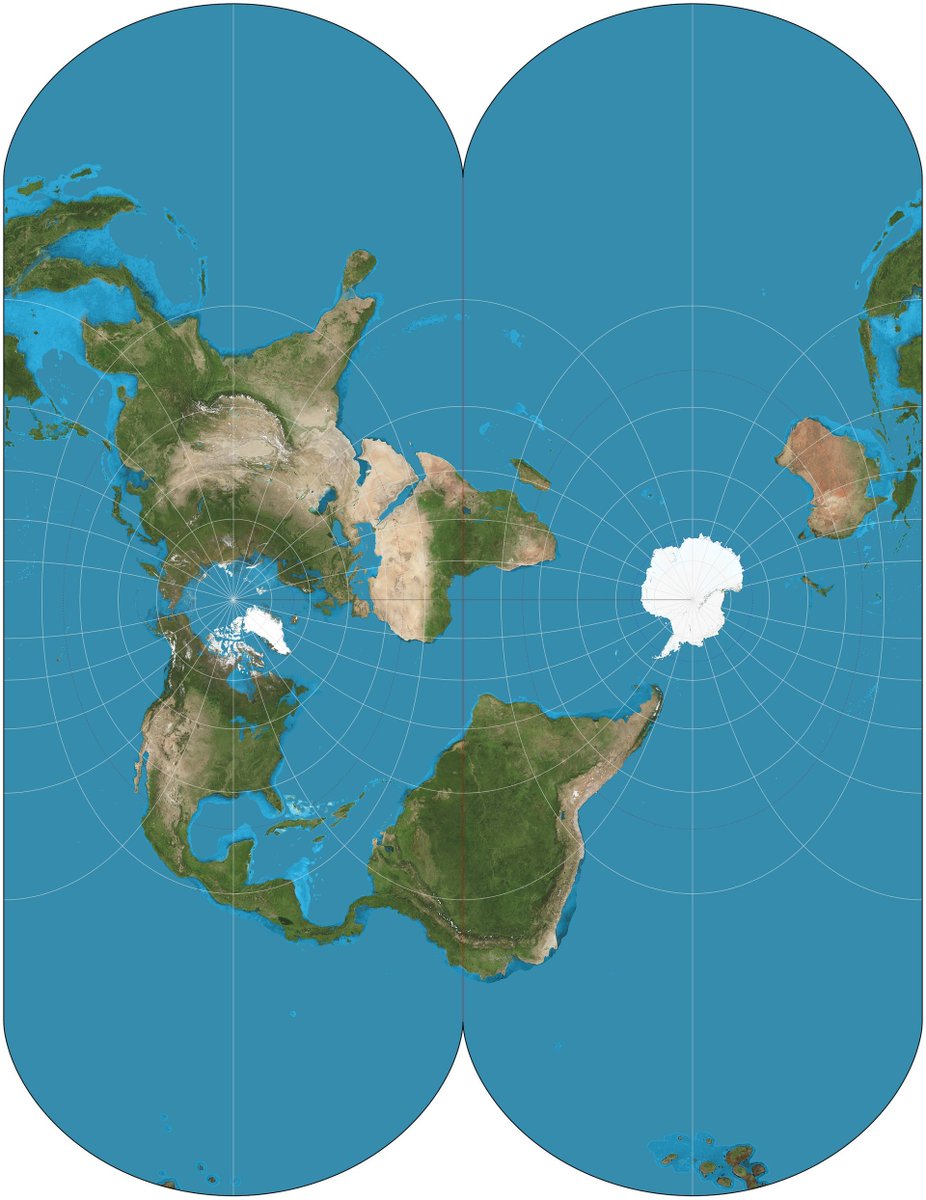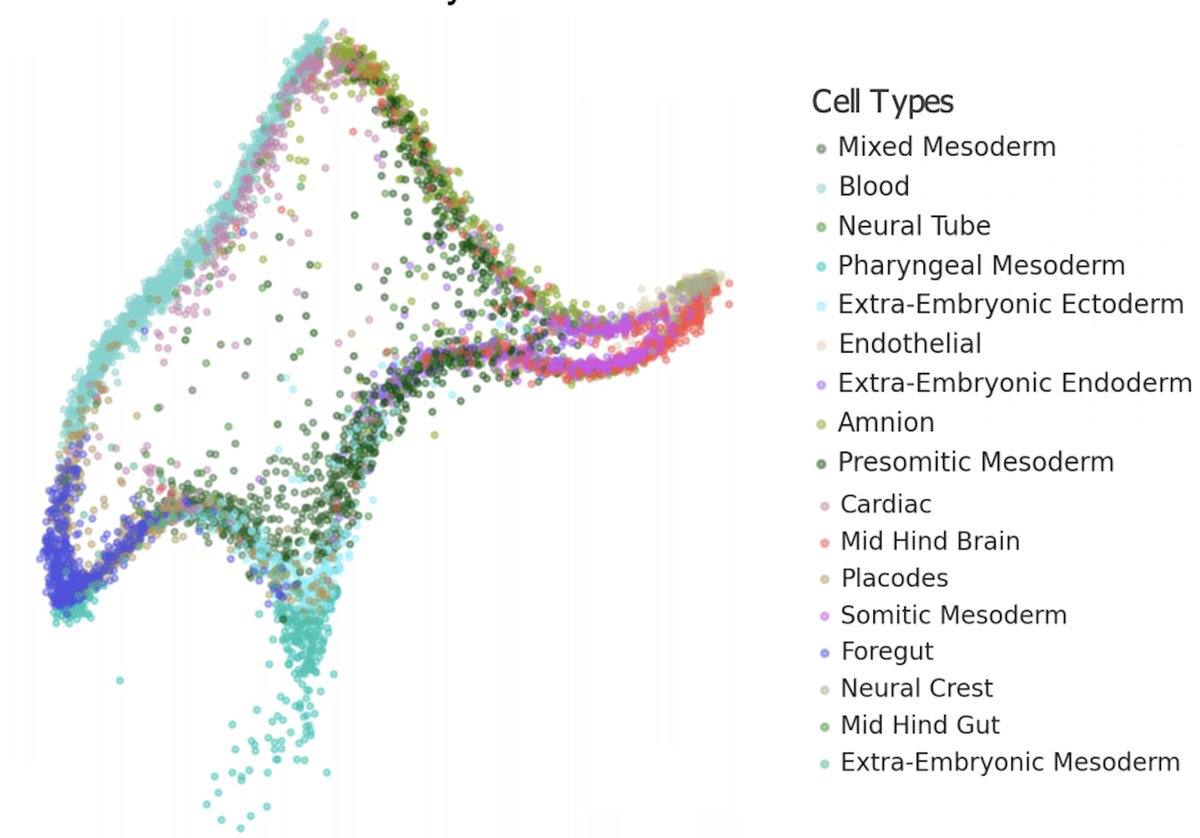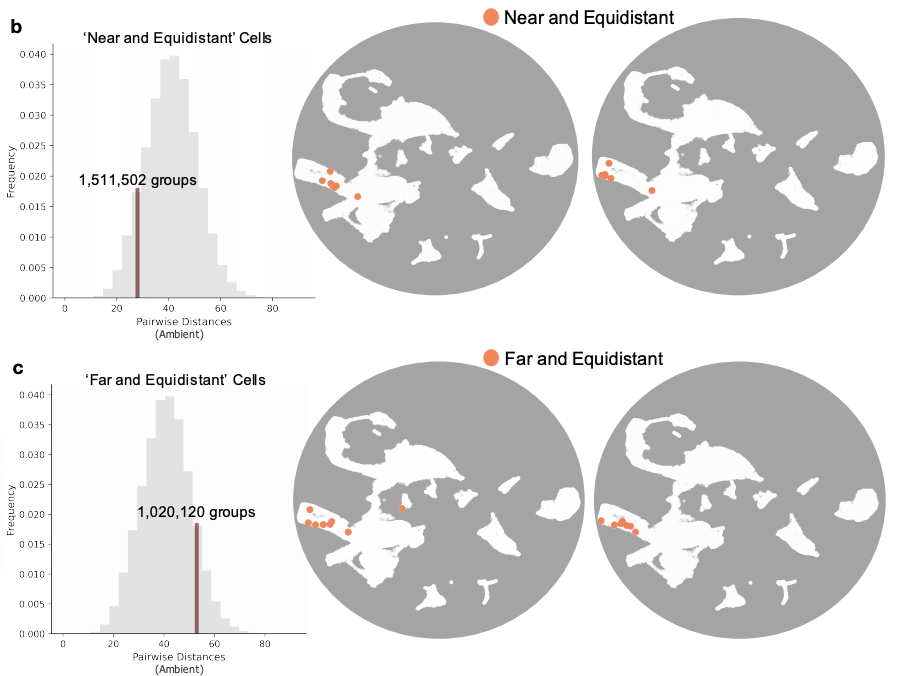
Grigory Pereleman was making less than $100/month while working on the solution of the Poincaré conjecture at the Steklov Institute. He won't live forever, but his ideas will.
newyorker.com/magazine/2006/…
newyorker.com/magazine/2006/…
His critiques of mathematicians hold true for scientists more generally: "...there are many mathematicians who are more or less honest. But almost all of them are conformists. They are more or less honest, but they tolerate those who are not honest."
The @NewYorker piece is filled with good quotes and anecdotes that many could learn from.
"Speed means nothing. Math doesn’t depend on speed. It is about deep." - Yuri Burago. This is so so true, and not just for math.
"Speed means nothing. Math doesn’t depend on speed. It is about deep." - Yuri Burago. This is so so true, and not just for math.
When asked for a C.V. for a job application, Perelman pushed back: "If they know my work, they don’t need my C.V.,” he said. “If they need my C.V., they don’t know my work."
Good point.
Good point.
On the matter of ethics in science and mathematics:
"It is not people who break ethical standards who are regarded as aliens, it is people like me who are isolated."
#truth
"It is not people who break ethical standards who are regarded as aliens, it is people like me who are isolated."
#truth
While the 2006 @NewYorker piece is insightful in the quotes it presents, it is also revealing in the authors' words. Apparently the opposite of the math profession's "nerdy stereotype" is a person who has "a succession of girlfriends". What the ?#@! is that?
Towards the end of the article you learn that Yau is so green with envy that he apportions credit using the arithmetic 100=50+25+30. Sort of funny, but also sad.
• • •
Missing some Tweet in this thread? You can try to
force a refresh














